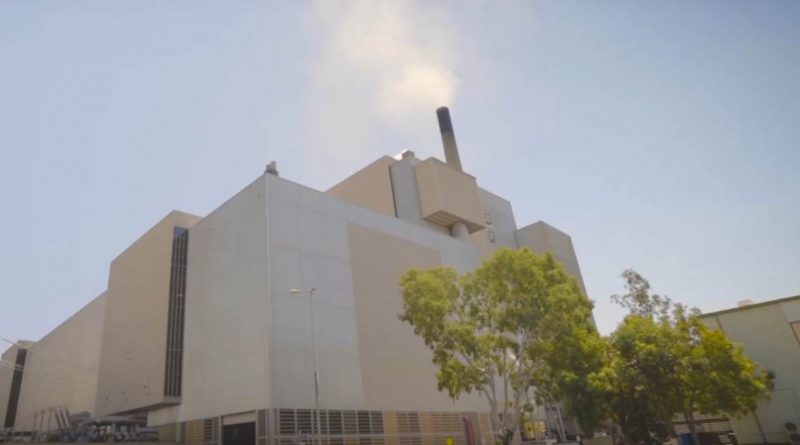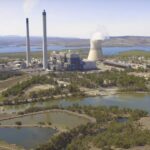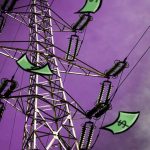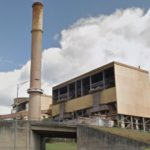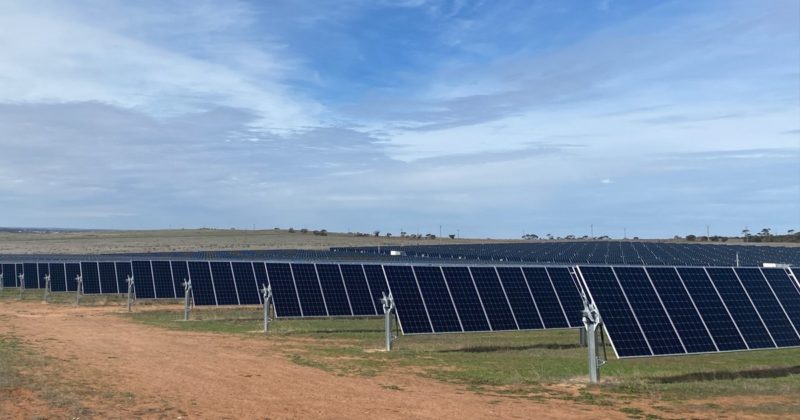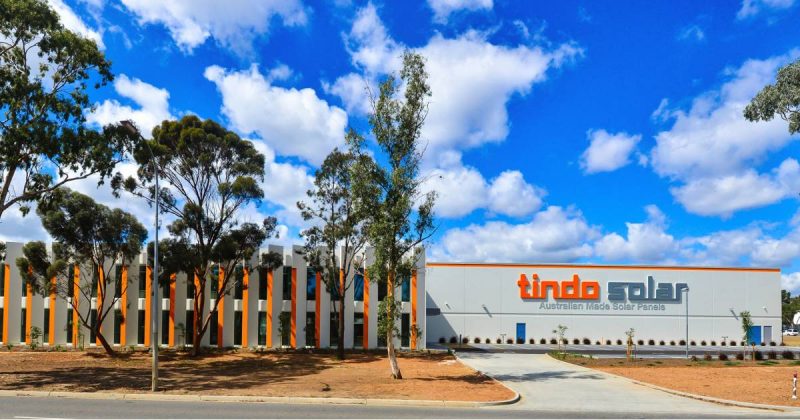Another Callide Power Station Unit Back To Polluting
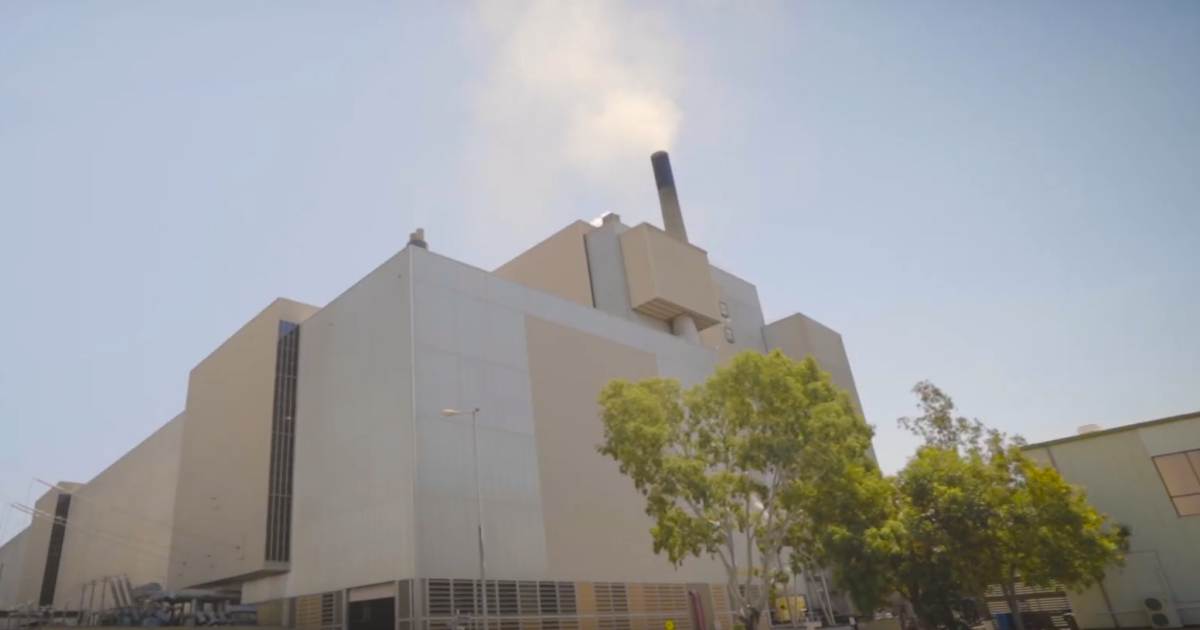

A third generating unit of Queensland’s black coal-burning Callide Power Station returned to service yesterday.
Located near Biloela in Central Queensland, Callide Power Station is comprised of Callide B and C; each with two generating units. Combined, their capacity is around 1.5GW.
Callide B commenced operations in 1988 and C in 2001. Queensland Government-owned CS Energy owns all of B and owns C in a 50/50 joint venture with InterGen.
Early in the afternoon of May 25 this year, CS Energy reported a fire occurred in the C4 turbine hall. Both Callide C units and 1 Callide B unit tripped and went offline. The other B unit was already out of action for maintenance.
As it turned out, it was a bit more than just a fire.
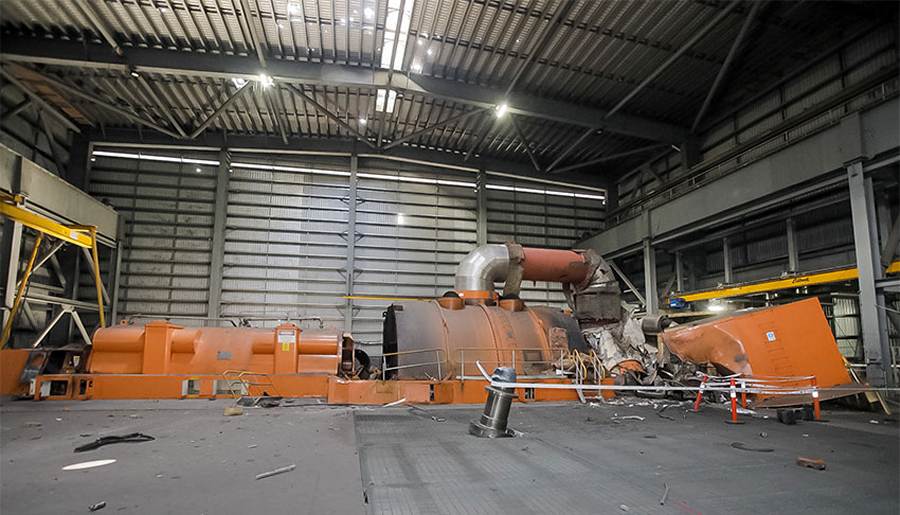
Callide Unit C4 – Image supplied by CS Energy
The unit being known as C4 is appropriate, given it looked like a lump of C-4 had been involved. A 300-kilogram chunk of shrapnel was reportedly removed from the roof.
The incident had major knock-on effects, tripping other generation and transmission infrastructure and resulting in widespread blackouts. The effects are still being felt now in terms of upward pressure on wholesale electricity prices.
An external independent investigation into the explosion, led by Dr Sean Brady, is still in progress.
The Road Back For Callide
Originally it was envisioned three generating units would be returned to service by June 9 and Unit C4 up and running by May next year. Then that was then revised, with Unit B1 returned to service on June 16 and B2 on June 22.
Unit C3 was finally returned to service yesterday – nearly 7 weeks later than the original estimated date.
“As C3 is safely and gradually ramped up to full capacity, we can expect Callide to start generating up to 1,120 megawatts of reliable energy into the National Electricity Market,” said Queensland Minister for Energy, Renewables and Hydrogen Mick de Brenni.
The “reliable” call remains to be seen, and this just doesn’t apply to Callide. Gas & Coal Watch monitors the National Energy Market’s fossil fuel power plants for breakdowns and there have been plenty of them – including a unit trip at Callide Unit B1 just a few weeks ago.
As for Unit C4, that will now not return to service until December next year.
Given the increasing amount of renewables and energy storage coming online, perhaps C4 should have been left as is and the cash put towards clean energy generation and support.
Unit C4 in its explodey state could be useful a museum exhibit to help demonstrate to future generations how stupid we were in our fossil fuel addiction. But they’ll probably have plenty to remind them of that thanks to climate change.
According to Australia’s Clean Energy Regulator, Callide C has an emissions intensity of 0.90 tonnes of carbon dioxide equivalent per megawatt-hour. Callide B is slightly higher at 0.92t CO2-e/MWh. Combined, B and C are responsible for more than 10 million tonnes of carbon emissions a year. And then there’s all the other damage to consider – mercury emissions, ash, and the list goes on and on.
Original Source: https://www.solarquotes.com.au/blog/callide-power-station-mb2092/

